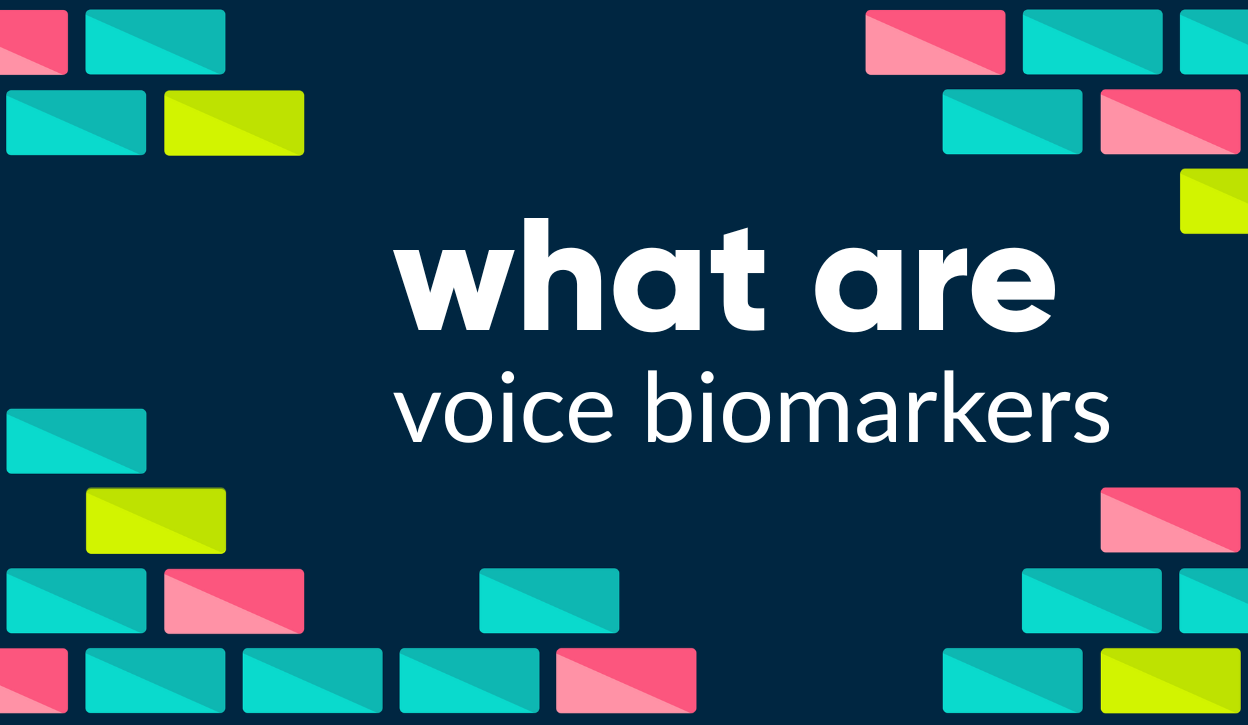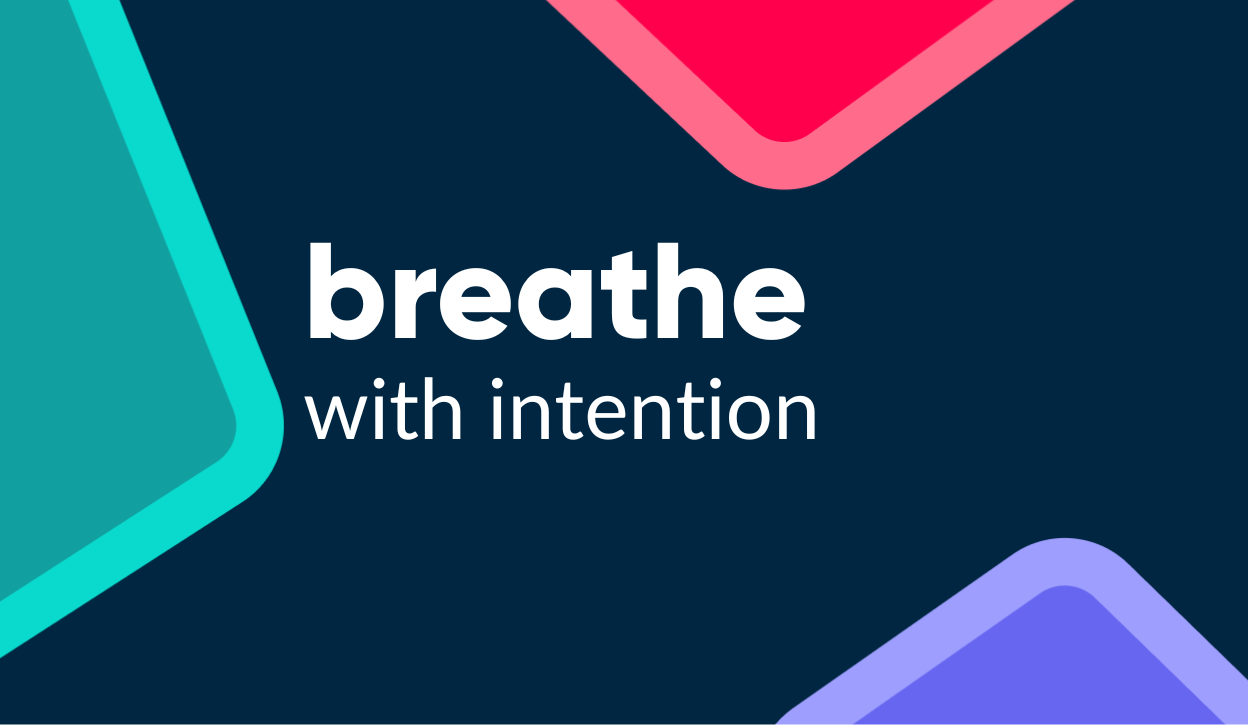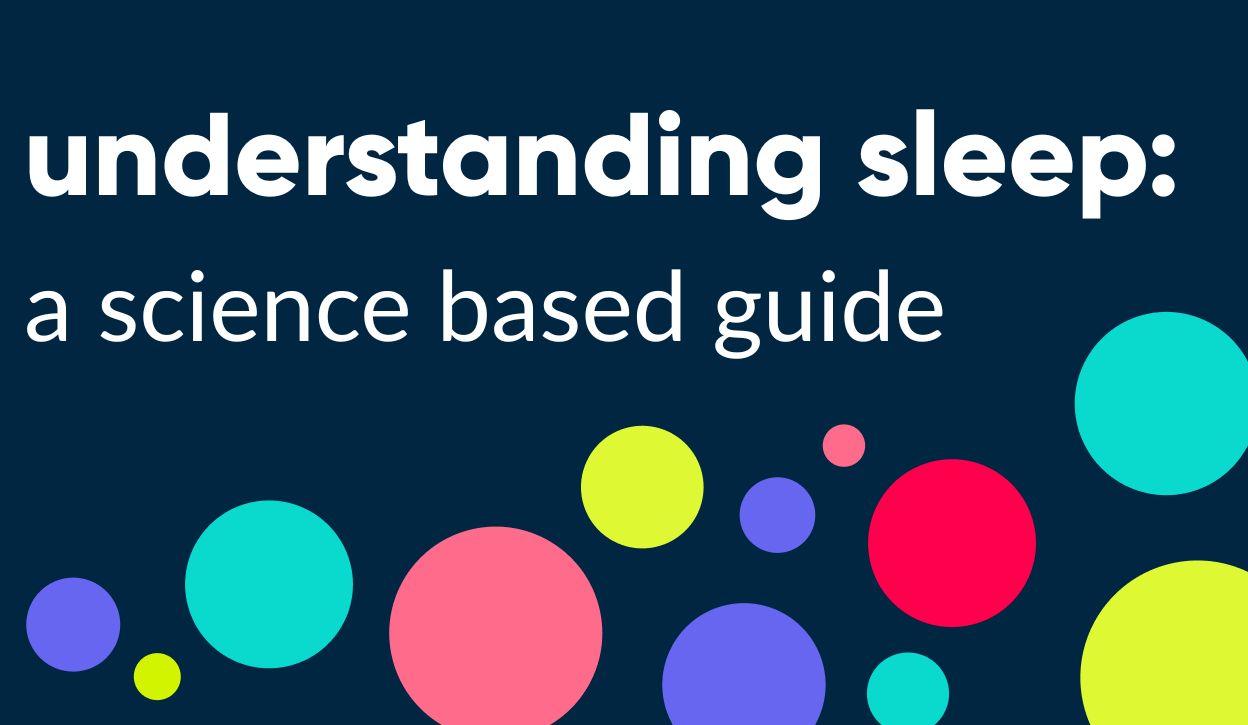
Have you ever had that moment, when you’re going through the motions, but then someone stops to ask, “How are you, really?” And that single question seems to break through emotional walls that you didn’t even realize were there, as you begin to cry. Sound familiar? If yes, you’re not alone.
Crying Can Be Healthy
While your initial response may be to feel embarrassed, or even ashamed of your tears, it’s important to note that crying can be healthy. Crying helps you process and relieve intense emotions and can promote a sense of catharsis and emotional release. Research has shown that crying can also help lower stress hormone levels, reduce inflammation, and improve mood.
Reasons You May Find Yourself Crying When Talking About Your Feelings
If you find yourself crying easily when discussing your feelings, first note that this is a common and healthy response. At Galvan we’re all about mental health, and we believe that our mental health tracker is going to completely revolutionize the way that people track and assess the condition of their brain. (Psst, want us to let you know when it’s done? Join the app waitlist!)
However, you may want to know why this happens. While there are several possible explanations for this, here are a few of the most common reasons.

Emotional Release
Crying can be an emotional release because it allows us to physically express and process intense emotions that may have been bottled up. When we experience strong emotions, such as sadness, anger, or frustration, our bodies produce stress hormones, such as cortisol, that can cause physical and emotional discomfort. Crying can help release these hormones and reduce their levels, promoting a sense of physical and emotional release.
Crying also allows us to express our emotions in a way that can be cathartic and therapeutic. By allowing ourselves to cry and release these intense emotions, we can process and work through what we're feeling, which can help reduce stress and promote a sense of well-being. This process of emotional release can help us feel more balanced and better equipped to handle life's challenges.
Crying can also serve as a form of communication, allowing us to express our emotions to others and build deeper connections through empathy and understanding. When someone sees us cry, they may be more likely to understand what we're feeling and offer support, which can help us feel less alone and more connected.
Vulnerability
Crying and vulnerability are closely related because crying often involves opening up and expressing emotions that can make us feel exposed and vulnerable. When we cry, we may be revealing parts of ourselves that we feel unsure or insecure about, and this can be a difficult and emotional experience. At the same time, talking about and expressing our emotions through crying can help build trust and intimacy in our relationships, as well as foster a sense of empathy and understanding.
Crying and being vulnerable also go hand in hand because crying can be a sign of our ability to be open and transparent with others, which is a key aspect of vulnerability. When we allow ourselves to cry and express our emotions, we are demonstrating our willingness to be vulnerable and share what we're feeling with others. This can help build stronger connections and create a deeper sense of understanding and empathy in our relationships.
However, crying and vulnerability can also be difficult for some people, especially in situations where vulnerability is not well received or where there is a cultural stigma surrounding crying and emotions. In these cases, it can be challenging to be open and vulnerable, and people may feel ashamed or embarrassed about crying. Overcoming these obstacles and embracing vulnerability, including through crying, can be an important step in promoting personal growth and building healthy relationships.

Stress
Crying is a physical response to stress because it is related to the production of stress hormones, such as cortisol. When we experience stress or intense emotions, our bodies respond by producing cortisol, which can cause physical and emotional discomfort. Crying can help release cortisol and other stress hormones, reducing their levels and promoting a sense of physical and emotional release.
Studies have shown that crying can also stimulate the production of endorphins, which are natural painkillers and mood elevators. These endorphins can help to relieve stress, reduce physical tension, and improve overall mood.
Crying can also serve as a physical release for pent-up emotions and help reduce stress by reducing muscle tension and promoting relaxation. This can help to promote overall physical and emotional well-being, especially when stress levels are high.
Mental Health
In some cases, excessive or frequent crying can be a symptom of an underlying mental health issue, such as depression, anxiety, or post-traumatic stress disorder (PTSD). When someone is experiencing these conditions, they may cry more easily or frequently, and crying may become a coping mechanism to help them manage the symptoms of their mental health issue.
Use Galvan to Track Your Mental Health Progress
At Galvan, we are building an app that encourages people to improve their health and wellness through blockchain technology. Our app will assess your heart rate, your exercise habits, and even the nearly-imperceptible nuances of your voice to help you track your mental health on a daily basis. Not only will you be able to share your progress with friends, but our app will give you rewards for good behavior. Download the app here if you would like us to let you know when it’s done and ready for download! Your brain will thank you.

Prioritize Your Mental Health
Your mental health is just as important as your physical health. The following are a few ways you can make sure you’re prioritizing and taking care of your mental health.
Practice self-care
This includes engaging in activities that promote physical and emotional well-being, such as exercise, meditation, good sleep hygiene, and healthy eating habits.
Manage stress
Try to identify the sources of stress in your life and develop strategies for managing them, such as mindfulness practices, therapy, or stress-management techniques.
Connect with others
Build and maintain positive relationships with friends, family, and loved ones. Spending time with others and sharing experiences can help reduce feelings of isolation and improve overall mental well-being.
Set boundaries
Establish clear boundaries between work and personal time and protect your personal time from work-related stress.
Find meaningful activities
Engage in activities that bring you joy, challenge you, and give you a sense of purpose. This could include hobbies, volunteering, or pursuing new interests.
Seek professional help
If you are experiencing ongoing stress, anxiety, or depression, it is important to seek professional help. A mental health professional can help you develop coping strategies, work through difficult emotions, and improve your overall mental well-being.
Excessive Crying May Be a Sign of Mental Health Issues
Excessive crying or crying as a result of ongoing stress and emotional distress may indicate an underlying mental health issue and may require professional help. In general, crying is considered a natural and healthy way to cope with emotions and can be an important part of emotional self-care—however, it’s important to recognize when you may need outside help to manage your emotions and improve your overall quality of life.
Galvan Nodes and the IZE Blockchain are governed by a Distributed Governance Framework, which is distinct from and not solely controlled by Galvan DAO LLC. Any value derived from Galvan Nodes and IZE Digital Rewards is likely to be uncorrelated with the success or failure of Galvan.
Galvan does not sell tokens. The IZE Blockchain, which is governed by Galvan Node Owners, self-governs the distribution of tokens. Tokens are earned in exchange for work and action on the IZE Blockchain. The token is designed to have utility on the Galvan platform for the purchase of Galvan’s products and services. The token is not an investment product and may never have any value outside of the Galvan platform. Galvan Node Owners should not expect to recognize any value from the token other than its utility with Galvan. Galvan does not anticipate correlation between the token value and Galvan’s business activities.
This article may contain forward-looking statements that involve substantial risks and uncertainties. Forward-looking statements discuss plans, strategies, prospects, and expectations concerning the business, operations, markets, risks, and other similar matters. There may be events in the future that we cannot accurately predict or control. Any forward-looking statement contained herein speaks only as of the date on which it is made. Factors or events that could cause our actual results to differ may emerge from time to time, and it is not possible for us to predict all of them. We do not plan to update or revise publicly any forward-looking statements except as required by law.













